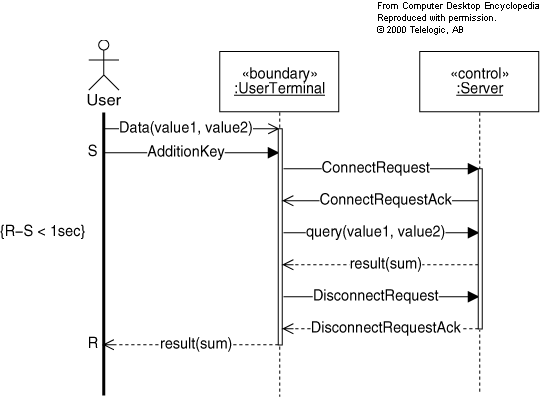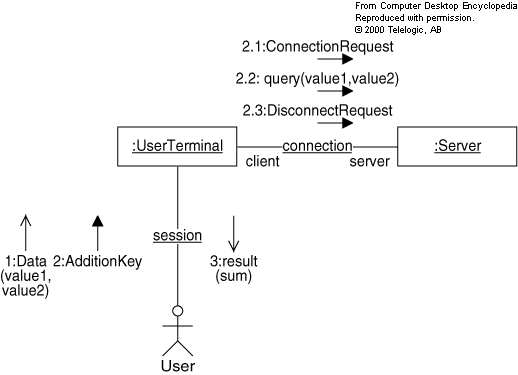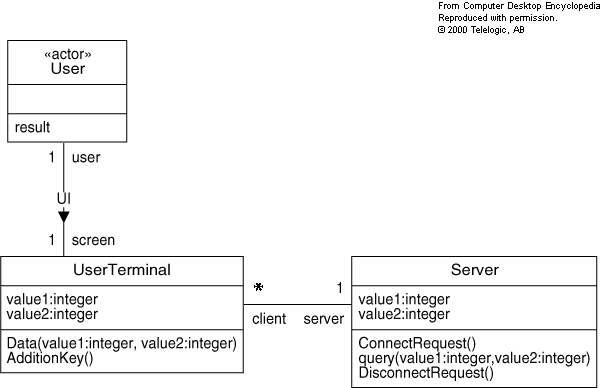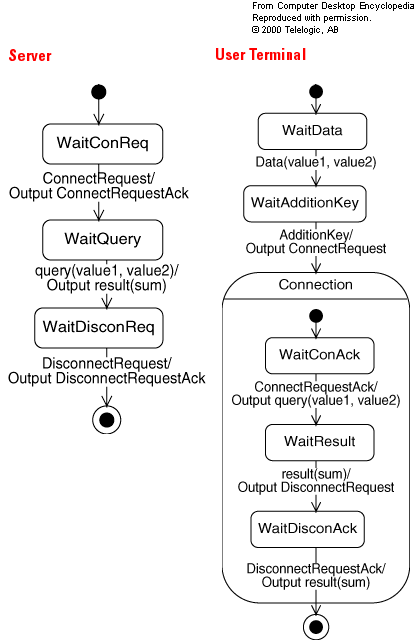




UML is an object-oriented, graphic analysis and design standard from the Object Management Group (OMG). It defines nine kinds of diagram.





UML is most useful on large projects particularly those which use Object Oriented Development. It is a relatively "heavy" environment requiring specialized skills and software (see below). It is essential on projects like air traffic control or online banking where "you must get it right first time".
In the late 1980's, a proliferation of modeling languages meant that when modeling specialists changed jobs, or even projects, they had to learn a new set of tools. The leading specialists, Grady Booch (Rational Software), James Rumbaugh (Object Modeling Technique), and Ivar Jacobson (Use Cases) among others, agreed on a modified version of a notation originally developed by David Embley and his colleagues. The UML was published by the Object Management Group in 1997..